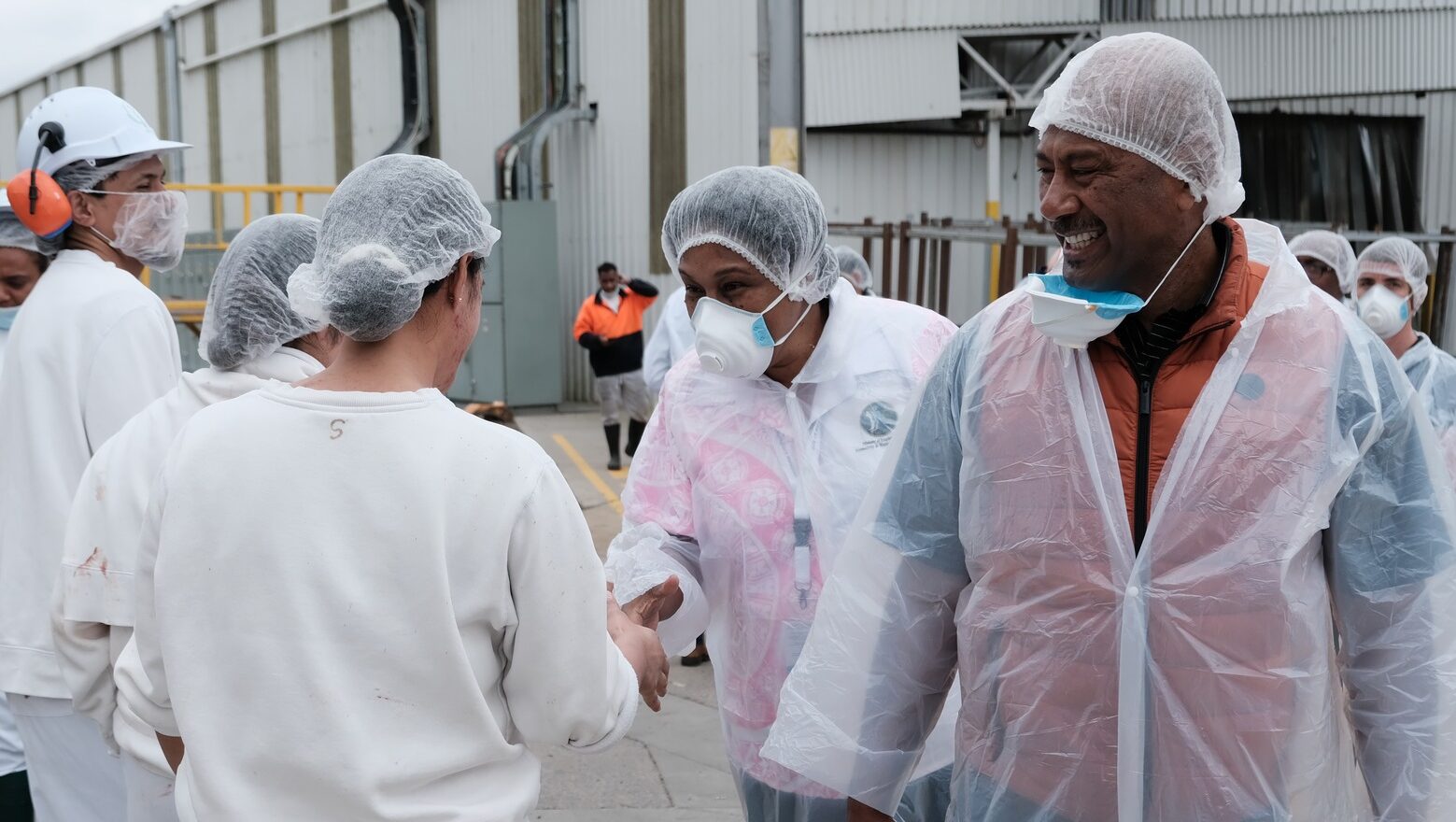

by Stephen Howes
Recent articles by Matt Withers and Sophia Kagan have argued that (a) the Pacific Australia Labour Mobility (PALM) scheme suffers from unacceptable levels of worker exploitation, and (b) one solution is to allow PALM workers to move between employers.
I have addressed the first claim elsewhere. In fact, when surveyed, workers overwhelmingly express satisfaction with the PALM scheme.
It is true that a large number of PALM workers are making protection claims and absconding but this can be (or at least seem to be) a rational move for workers, as it may give them longer to work in Australia and place fewer restrictions on where they can work (while they wait for their protection visa to be rejected, which can take years).
What about the second claim, that PALM workers should be allowed to move between employers? As an economist, allowing workers to choose is appealing, but does this proposal actually make sense?
PALM workers can be divided into two types, roughly equal in size: short-term who come for a few months, and long-term who come for a few years.
The short-term PALM scheme is Australia’s seasonal worker program or SWP. Many countries have an SWP.
As far as I know, none allows workers to move between employers, except when the move is initiated by employers (for example, in New Zealand).
Employee-initiated movement was proposed for the US, but it didn’t get up, and it is not practised elsewhere.
This is for good reason. The workers are only in the country for a few months. There just isn’t enough time for them to line up another job.
Moreover, employers go to the expense of hiring SWP workers to provide them with a reliable workforce. If that workforce is no longer reliable, it won’t be hired.
What about long-term PALM workers? I have advocated that this group should be able to bring their families to Australia if they want to, and this reform is now being piloted.
This is not something that would be practical for short-term workers but it could make sense for long-term workers.
Can we say the same for free agency? If a worker is here for four years, there would certainly be enough time for them to look for a new job.
However, there would be some serious downsides to introducing free agency.
First, free agency would reduce demand for long-term PALM employees just as it would for short-term ones.
If an employer cannot be sure that workers will stay with them, they will be less willing to incur the substantial upfront costs involved in hiring PALM workers.
Sharing those upfront costs would be difficult to arrange. The benefits of PALM participation are massive for Pacific workers and families, and we should be wary of doing anything that will reduce demand for their services.
Second, free agency would put pressure on employers to keep their workers happy, but only if the option to leave is a credible one.
The government has just given temporary skilled shortage workers (TSS Subclass 482 visa holders) the right to be unemployed for six months to give them time to swap employers.
That shows that finding a new job is not easy, and there is just no way that PALM workers would be given the right to be unemployed for some period to look for a new job (or for any other reason).
Third, free agency would do little to reduce exploitation. Consider a bad PALM employer. Their workers are unhappy. They want to change employers. Any new employer will require a reference from the existing employer.
The incumbent bad employer can then prevent their workers leaving by writing a bad reference, or by just speaking on the phone to the prospective employer.
By labelling the workers as troublemakers, the bad employer can deter the prospective new employer from offering them a job.
In fact, under free agency it is good employers – especially ones who are geographically remote – who would be punished, as they would abide by the rules and write good references for good workers.
Fourth, free agency would not solve the main PALM problem which is the staggering number of PALM workers applying for protection visas (2,900 in 2023-24).
Unless this problem is solved, by reducing the processing (including review) time for these applications, PALM’s social licence will be under threat.
That hundreds of PALM workers are applying for asylum each month, and often absconding in the process, makes it look like they are being exploited, even if in fact they are leaving to find a job in the city.
Introducing free agency would have some symbolic value. But it is not feasible for short-term PALM workers.
It would reduce demand for long-term PALM workers, have low take-up, do little to reduce exploitation, and take attention and effort away from the main problem with PALM, namely the large numbers applying for asylum.
Superficially attractive, introducing free agency is not a PALM reform worth pursuing.
* This article appeared first on Devpolicy Blog (devpolicy.org), from the Development Policy
Centre at The Australian National University. Stephen Howes is Director of the Development Policy Centre and Professor of Economics at the Crawford School of Public Policy at The Australian National University.
Caption: A delegation of Fijian officials visited a meat processing facility in Ararat, Victoria, which employs Fijian meatworkers through the PALM scheme, October 2024 (Facebook/PALMscheme)


















